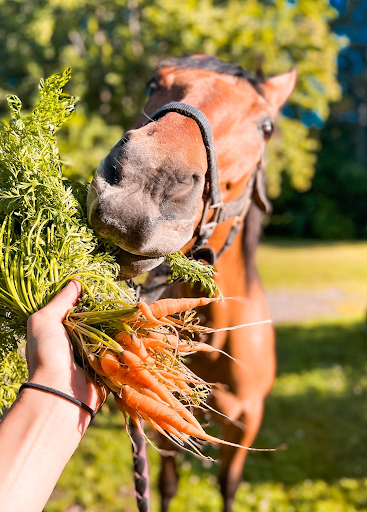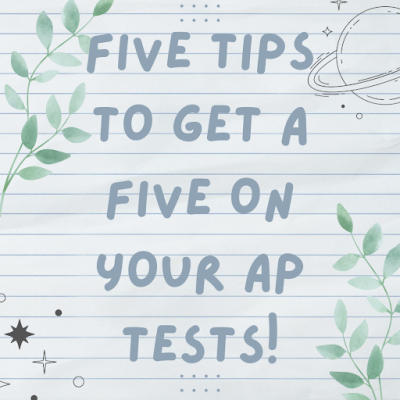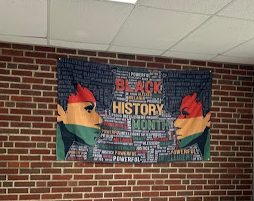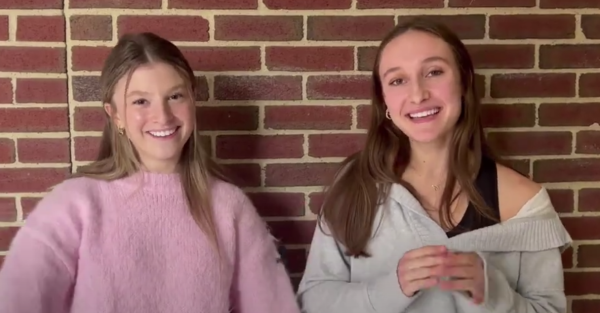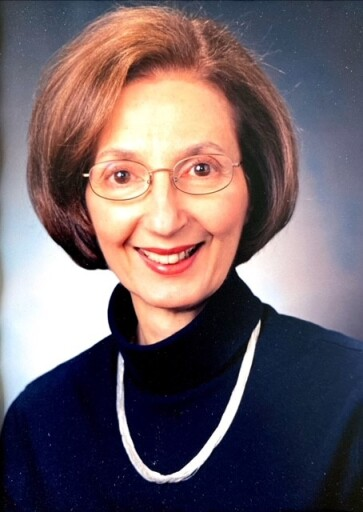Solon High School’s (SHS) alumni: Differences in the learning environment from past to present

Kirsten Ahrens: Anatomy and Physiology teacher and alumni of SHS
November 12, 2021
Solon High School today is filled with hours of studying, completing packets of assignments, academic pressure from others and stress for applying and getting into colleges. But, is that what SHS was like in the past? Teachers who graduated from SHS give their first-hand account of how their time as a student has changed over the years.
The feedback received from the SHS alumni mainly revolved around differences in the stressful and overwhelming atmosphere of school from when they went to SHS, additions of class offerings and the overall competitive nature.
1992 graduate and AP Chemistry teacher Anthony Sanson delivers his perspective of how the level of competitiveness has increased at SHS today in respect to the college process.
“I think it’s more competitive now,” Sanson said. “And, I’m thinking of this in terms of most students here wanting to go to college and further their education.”
Sanson also stated that the pressure of getting into a particular college is higher now than it was for him at SHS, and the competitiveness comes from students wanting to be academically better than the next.
On the other hand, 2013 graduate and math teacher Julie Moschberger offers an opposing response in regards to how competitive students are at SHS.
“When I was here, I think it was competitive,” Moschberger said. “I think it was very academically driven and competitive, and students really cared about their grades.”
Along with competitiveness, stress from a high workload of homework, assignments and tests are also a factor that has changed when looking at previous years. 1995 graduate and Spanish teacher Melissa Creamer goes into more detail on the impact of AP classes.
“I did not have daily stress of getting my work done, and I don’t remember having the assessments that kids talk about now,” Creamer said. “I think there’s more emphasis now on everyone wants to take honors and AP classes, and it’s taking the AP tests and getting credit”
Creamer goes on to say that SHS students today tend to overload themselves and put on more than they can carry when it comes to the overall workload, and when she was at SHS, students didn’t take as many AP classes.
Creamer also touches on how the layout and formality of classes has evolved from when she was an SHS student.
“I do remember a lot of lectures in my classes, like my science and history classes,” Creamer said. “Now, I think it’s more hands on. It’s more of a hands on experience, a little less lecture, and more student focused rather than teacher focused.”
According to Moeschberger, technological access is another element in the difference of the learning environment for students.
“All of our English papers were written or we had to type them out in the library or the computer labs. So, now everything is done on the chromebooks. We didn’t have google classroom, [and] we weren’t allowed to have phones out.”
Another component of the learning atmosphere that has changed over the years, is the overall unawareness or lack of needing to seek help from the human resources that are available at SHS like the academic labs or peer tutors. According to SHS principal Erin Short, there has been some form of an academic lab for students in the time that she’s worked at SHS (22 years).
2003 graduate and Anatomy and Physiology teacher Kirsten Ahrens adds her personal experience with when she got help academically.
“I’m sure there were [resources], but I never really took advantage of it,” Ahrens said. “I didn’t need to academically. The only time I really sought help was in AP Biology, and Mr. Grimm would just tutor me after school. You would go to your teachers, and they would help you.”
In agreement with Ahrens, Creamer expands upon her unfamiliarity with having resources for education help and guidance at the Solon High School.
“I had no clue when I was in high school what an [Individualized Education Program] was, or an interventionist,” Creamer said. “If students needed extra help, I had no clue that it existed. We did not have labs for tutoring. We didn’t have peer tutors that I knew of. I guess if you had questions or needed help, you just hunted down your teacher, and hoped to find them to either come in early or stay after school.”
So, has the learning environment changed at SHS from 30 years ago to now? In most instances, yes. Overall, the SHS alumni agreed that stress with assignment overloads, the competitive nature and format of classes were different when they were a student.

